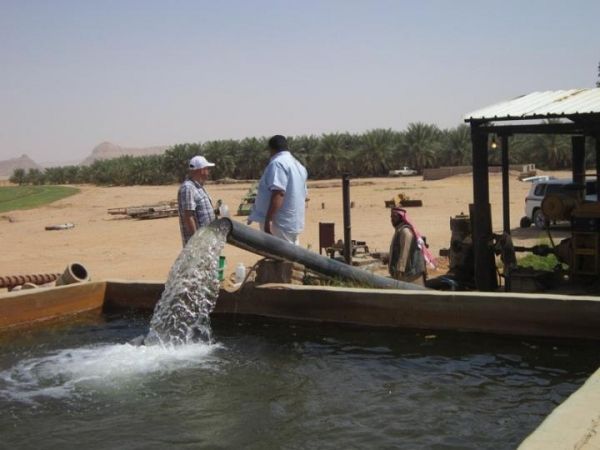In a place like Delaware, where it rains frequently, water is a renewable resource. Natural processes will replenish the water that is being used or consumed. In an area where rain is not as plentiful, such as the Arabian Peninsula, however, it is crucial to get a handle on how much good water is available under the arid desert in what are known as fossil aquifers — aquifers that store older water.
The University of Delaware’s Neil Sturchio, professor in the Department of Earth Sciences in UD’s College of Earth, Ocean and Environment, with colleagues from several other institutions, co-wrote a paper in the Journal of Hydrology that assessed the age, origin and sustainability of fossil aquifers in the Mega Aquifer System (MAS) in the Arabian Peninsula.
The MAS underlies most of the vast deserts of the Arabian Peninsula and is one of the largest aquifer systems in the arid world, occupying territory in the Saudi Arabia, Iraq, Jordan, Oman, Yemen and the United Arab Emirates.
Sturchio conducted geochemical and isotopic studies that helped determine the quality and age of the water, which showed how the age relates to the hydrology and the history of the aquifer.
Read more at University of Delaware
Image: Researchers in the Arabian Peninsula are conducting a study to assess the age, origin and sustainability of fossil aquifers in the Mega Aquifer System (MAS) in the Arabian Peninsula. (Credit: Photos courtesy of Mohamed Sultan, Western Michigan University)


